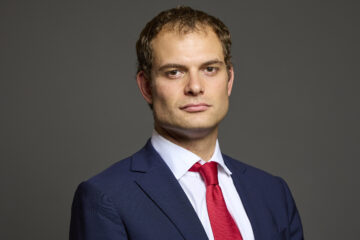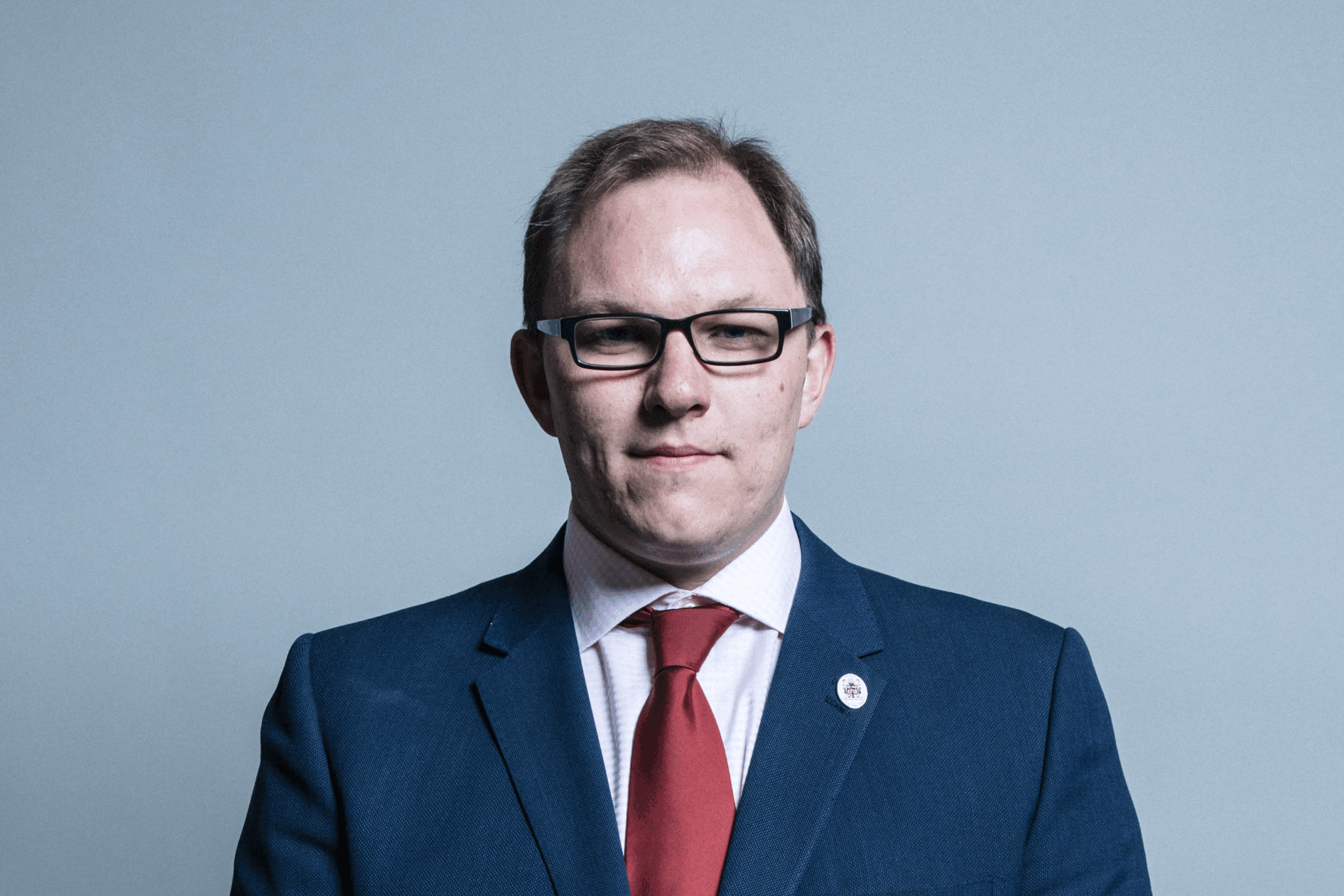
Ayatollah Khamenei. Image Credit: Tasnim News, CC BY 4.0.
As the mounting protests ignited by the death in police custody of Mahsa Amini enter their fourth week, the Iranian regime appears to be intensifying its crackdown, reportedly using firearms and teargas indiscriminately.
What happened
- The death toll across the country is now reported to exceed 185 with reports that the victims’ families are being pressured into silence by the authorities.
- In a brutal crackdown, at least 19 children have been killed by Tehran’s security forces.
- Female protesters in the provincial capital of Kurdistan – 22-year-old Amini’s home region – told The Guardian this morning that the Islamic Revolutionary Guard Corps was carrying out a “massacre” in the city.
- Experts have noted that this year’s protests appear to differ from earlier cycles of discontent, which were brutally quashed by Tehran, and are more radical in their demands.
- LFI chair Steve McCabe and the shadow Middle East minister Bambos Charalambous led calls in the House of Commons for a tougher response from the UK government, which announced a limited package of sanctions on Monday. McCabe argued: “This is not a normal democratically elected regime—they are a bunch of mass murderers—and that is how we should respond to them.”
- LFI has previously outlined a series of measures the government should take against the Iranian regime.
Protests continue
To chants of “Death to the Dictator” – a reference to the 83-year-old supreme leader, Ayatollah Ali Khamenei – and “Woman, Life, Freedom”, large crowds continue to protest on the streets of Tehran and throughout Iran. “Popular anger shows no signs of subsiding,” argues Karim Sadjadpour of the Carnegie Endowment for International Peace. Summing up the feeling on the streets, one woman told the Washington Post: “We want them gone. I ask God every day to somehow demolish this regime.”
A brutal crackdown …
- Fears of a bloodbath in the western region of Kurdistan have been sounded by human rights groups, with Amnesty International reporting that security forces in Sanandaj are using firearms and teargas “indiscriminately”, and were firing into people’s homes.
- The Norway-based human rights group Hengaw said war planes had arrived in the city’s main airport and buses were carrying special forces into the ethnic enclave of Kurdistan from elsewhere in Iran.
- “The ruthless killings of civilians by security forces in Kurdistan province, on the heels of the massacre in Sistan and Baluchistan province, are likely preludes to severe state violence to come,” the director of the New York-based Centre for Human Rights in Iran, Hadi Ghaemi, told Agence France-Presse.
- In Sistan and Baluchistan province, in the south-east of Iran, activists say more than 90 people have been killed since the beginning of October.
- Across the country, suggests Amnesty International, “security forces have repeatedly used unlawful force. They have fired live ammunition and metal pellets at protesters at close range, misused tear gas and water cannons, and severely beaten people with batons.”
- For the third time since the unrest began, members of the Iranian medical community have issued statements calling for restraint on the part of the security forces and accusing them of seizing injured protesters from ambulances and beating them with batons.
- In a sign of its hardening line, after President Ebrahim Raisi met with security officials at the weekend, the deputy interior minister warned that “those who are arrested in the riots will stay in jail until put on trial. They will be rapidly prosecuted and their sentences will be decisive and set as a deterrent.”
… as regime jails and kills children
Human rights groups say at least 19 children are among the 185 people who have died at the hands of the security forces. Among them are 16-year-old Sarina Esmaeilzadeh who was beaten to death after joining the protests. The authorities say she committed suicide by jumping off a roof. Similarly, the regime claims another 16-year-old, Nika Shakarami, fell off a roof. Her family says she was killed by security forces after burning a hijab. Police attacked mourners at Shakarami’s funeral after chants of “Death to the dictator” were heard. Social media footage posted on Sunday showed children being arrested at school by police using vans without license plates.
Shutdown
In an effort to conduct their crimes away from the glare of the media, the Iranian authorities have attempted to shut down the media. However, researchers say that tech-savvy young people are increasingly outwitting the regime’s cyber controls, with demand for virtual private network apps surging by 3,000 percent within the country. As of last week, according to the Centre for Human Rights in Iran, at least 92 members of civil society — among their number activists, journalists and lawyers — have been arrested.
Women and young at the forefront
- Since 2009, Iran has witnessed a series of protest movements – all of them brutally put down by the authorities. In 2019, for instance, 1,500 people are believed to have been killed by the regime.
- However, the current protests, experts say, have some “unique features”, representing “a geographically, ethnically, and economically diverse cross-section of Iranian society”.
- Women and young people have been at the forefront, while the protests – symbolised by slogans such as “We Don’t Want the Islamic Republic”, ”I Will Kill, I Will Kill, Those Who Killed My Sister”, “Death to the Dictator, Be it Shah or Ayatollah” – are political, social and economic in their nature.
- As Ziryan Rojhelati of the Washington Institute for Near East Policy argues, there is a generational gap between the people – over 40 percent of whom are aged between 15 and 39 – and the ageing leadership. “While the Islamic Republic has exerted concerted efforts to impose their expectations both domestically and abroad for over forty years, they have failed in everyday life to instill their ideology into Iran’s youth,” he suggests.
A turning point …
“Something feels like it’s coming undone, as though the project of the Islamic Republic is running out of steam and the black wave unleashed by the 1979 revolution is ebbing, exhausted by recurrent protests, building on top of one another since 2009, and reaching new heights since 2017,” journalist Kim Ghattas argued this week. Other observers noted that, whereas the 2009 protests – sparked by voter fraud and irregularities which saw the conservative incumbent president Mahmoud Ahmadinejad re-elected – were largely reformist in nature, the current unrest appears to have more radical demands, even the overthrow of the regime itself.
…. and a danger point
In a potentially perilous new development for the regime, social media footage on Monday showed oil workers blocking the road to the Bushehr petrochemical plant in Assaluyeh, on the Gulf, and chanting “death to the dictator”. More than 1,000 workers at the Bushehr and Damavand petrochemical facilities have carried out a threat to go on strike. The oil industry is key to the Iranian economy and strikes by oil workers helped bring down the Shah in 1979. “If these unrests continue and expand, especially if the energy sector joins the protests, the regime will irreversibly be in trouble,” Fatemeh Aman, senior fellow at the Washington based Middle East Institute, suggested.
Britain’s slap on the wrist
- On Monday, the government finally announced a package of limited sanctions, using its much-hyped, post-Brexit “Magnitsky Act”-style sanctions regime.
- The Foreign, Commonwealth and Development Office imposed measures against the morality police as an institution, as well as its nationwide head and Tehran chief.
- Sanctions – in the form of travel bans and asset freezes – were also announced against five officials implicated in putting down the 2019 protests. However, as Kasra Aarabi, an Iran expert at the Tony Blair Institute for Global Change, noted, the sanctions list omitted many others who have already been identified.
- Earlier this year, an LFI paper condemned the government’s failure to use Magnitsky sanctions against Iranian human rights abusers, and provided a number of illustrative examples. We also outlined a number of other measures – including proscribing the IRGC in its entirety – the government has failed to take.
Labour’s call for action
Labour led calls for more robust action in support of the Iranian people in parliament this week:
- Shadow Middle East minister Bambos Charalambous argued: “While I am pleased that the government have increased the sanctions on Iran following the Labour party’s calls for them to do so, the UK must do more to support Iranian civil society and independent journalism. BBC Persian Radio, despite being illegal, is accessed by millions of Iranians, but the BBC has announced that it will be closed down.”
- LFI chair Steve McCabe said: “Instead of treating Ebrahim Raisi as if he is an elected head of state, we should refer him to the United Nations as a mass murderer. This man is responsible for the death of between 5,000 and 30,000 people he describes as ‘enemies of God’—his God. Why do we not take appropriate action and make it obvious that we cannot deal with these people? This is not a normal democratically elected regime—they are a bunch of mass murderers—and that is how we should respond to them.”
- Noting that he had the “usual Whitehall waffle” when he asked minsters about proscribing the IRGC, LFI vice-chair John Spellar asked: “The IRGC is crucial to the survival of Iran’s appalling clerical fascist regime. Will the latest outrages now shame the Government into proscribing the IRGC?”
- LFI vice-chair Dame Diana Johnson asked: “May I get the Minister to confirm that there are currently no legal or safe routes for any woman fleeing persecution in Iran to enter this country and claim asylum?”


